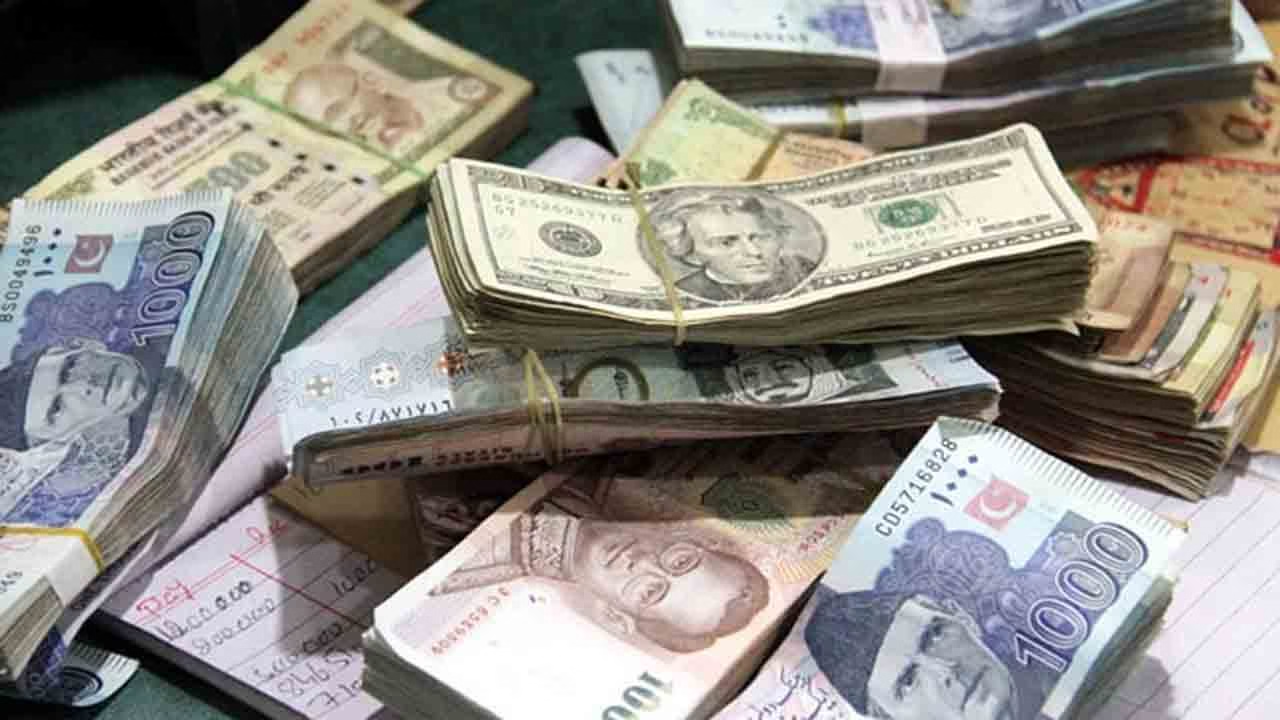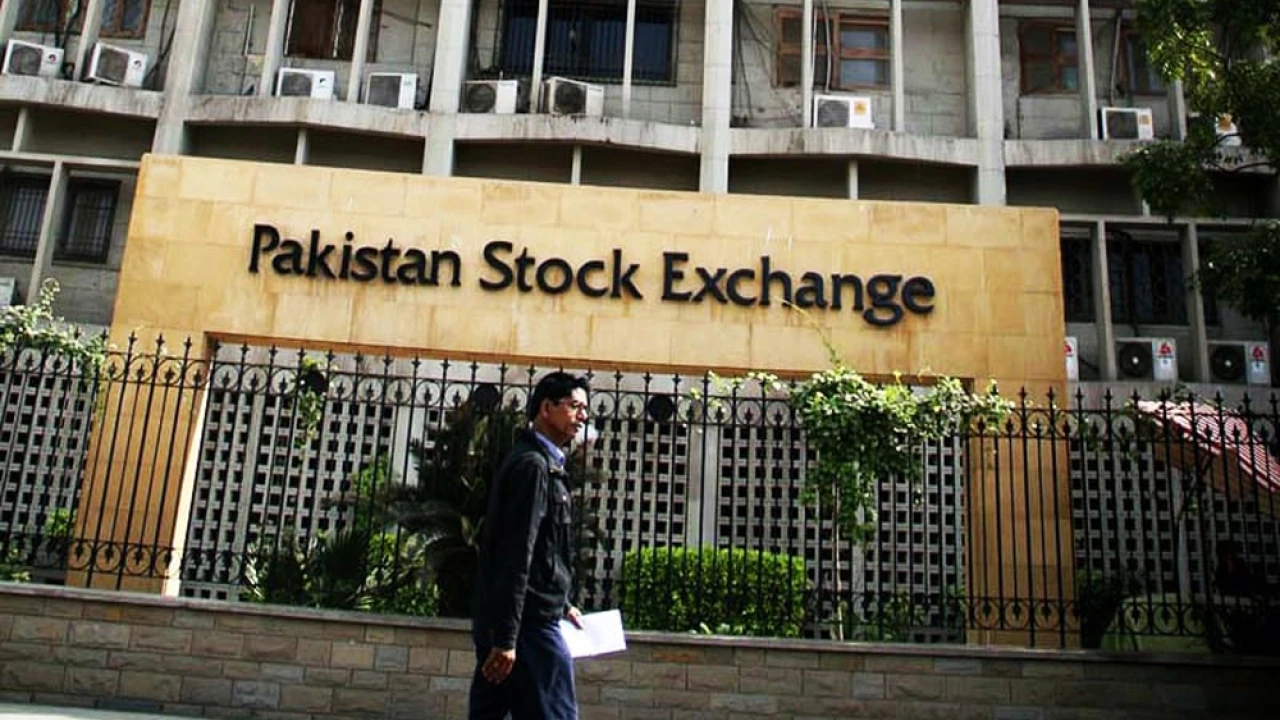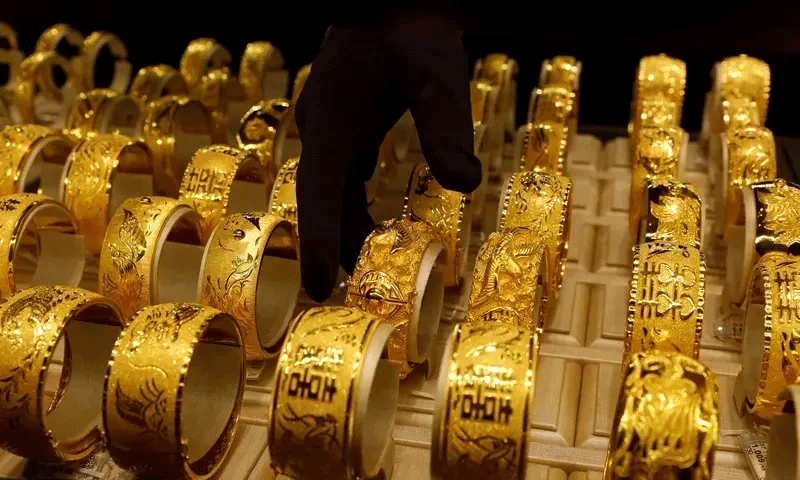In a major economic development, U.S. President Donald Trump announced a sweeping trade deal with Japan, lowering tariffs on Japanese auto imports and securing a $550 billion investment and loan package aimed at strengthening U.S. supply chains.
The agreement—described by Trump as the “largest TRADE DEAL in history with Japan”—comes just ahead of a critical August 1 tariff deadline and is seen as the centerpiece of Trump’s recent push for bilateral agreements amid ongoing global trade tensions.
Key Highlights of the Deal:
- Tariffs on Japanese automobiles exported to the U.S. will drop from a combined 27.5% to 15%.
- New tariffs that were to be imposed on other Japanese goods from August 1 will also be reduced from 25% to 15%.
- Japan committed to $550 billion in U.S.-bound investment and loans, primarily to support resilient supply chains in pharmaceuticals and semiconductors.
- Japan will increase agricultural imports, including U.S. rice, though Tokyo insists Japanese agriculture was not compromised.
- Tokyo will eliminate additional safety tests on U.S. vehicles, addressing a long-standing complaint from American carmakers.
Market and Political Impact:
The announcement triggered a nearly 4% surge in Japan’s Nikkei index, its highest in a year. Auto giants Toyota and Honda saw their shares jump 14% and 11% respectively.
Japan’s trade negotiator Ryosei Akazawa celebrated the breakthrough, posting “#Mission Complete” on X after finalizing the deal with Trump at the White House. A photo from their meeting showed a marked-up investment document increasing the deal’s value from “$400B” to “$500B”.
Bank of Japan Deputy Governor Shinichi Uchida called the agreement “very big progress” that reduces economic uncertainty, with some economists suggesting it may have helped Japan avoid slipping into recession.
Despite the jubilation in Tokyo, U.S. automakers expressed concern. The American Automotive Policy Council criticized the deal for giving Japanese vehicles an edge while North American-built vehicles still face a 25% tariff, despite higher U.S. content.
“This is a bad deal for U.S. industry and auto workers,” said Council President Matt Blunt, representing GM, Ford, and Stellantis.
Exclusions and Future Plans:
- The deal does not cover Japanese steel and aluminum, which remain under a 50% U.S. tariff.
- Trump hinted at a joint U.S.-Japan venture for an Alaskan gas pipeline, aligning with his administration’s energy priorities.
- Japan remains the largest foreign investor in the U.S., with holdings totaling $819 billion as of end-2024.
Global Trade Context:
Trump’s administration has been racing to finalize multiple bilateral deals before August 1, when steep new tariffs are set to take effect. Agreements with Britain, Vietnam, and Indonesia have been announced in framework form, while tensions with China remain paused.
EU negotiators are expected in Washington for talks, potentially setting up another major deal in the coming days.
This Japan deal, the most detailed and financially significant so far, may serve as a model for upcoming negotiations—and a powerful economic talking point for Trump as he approaches a key election season.



